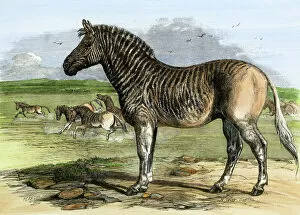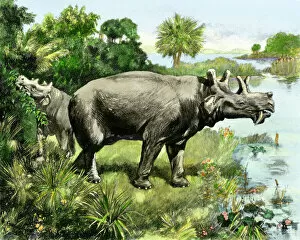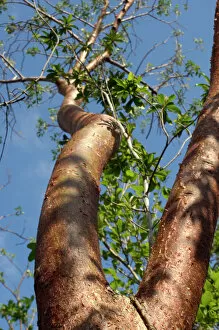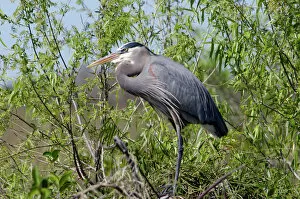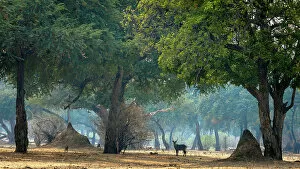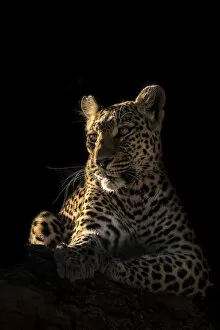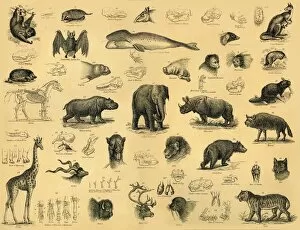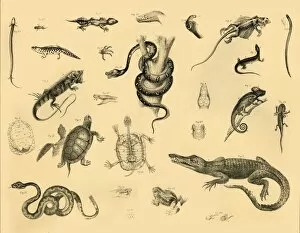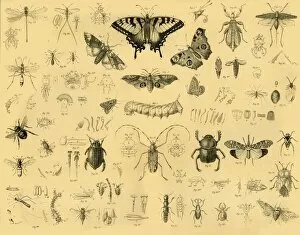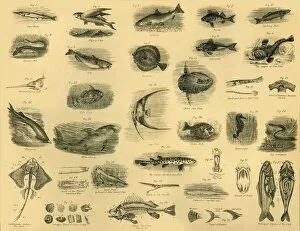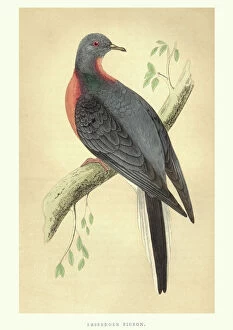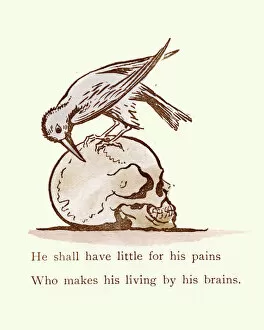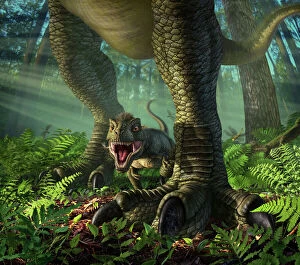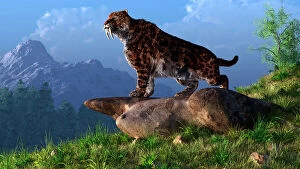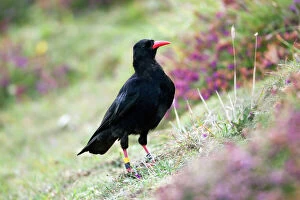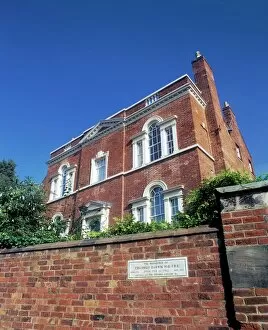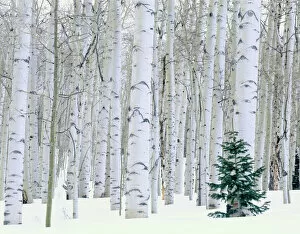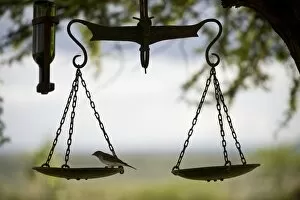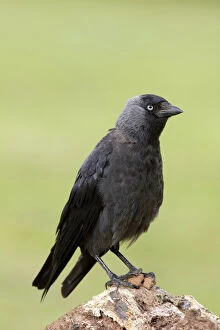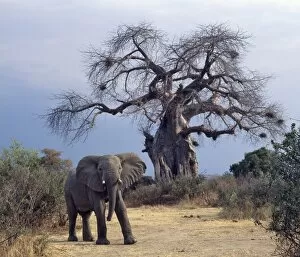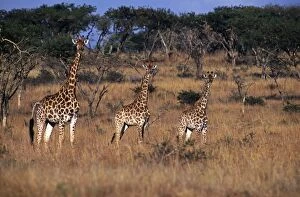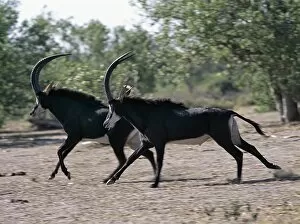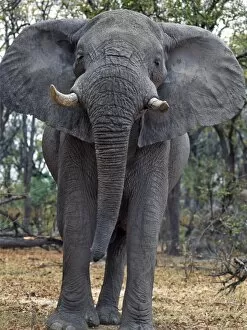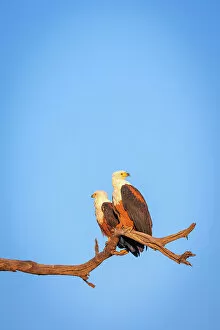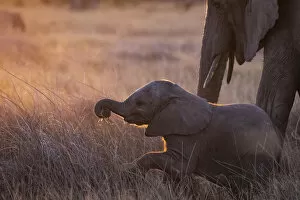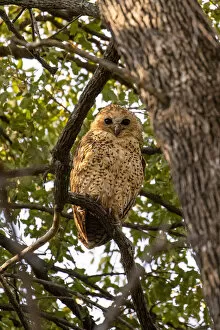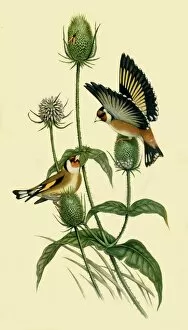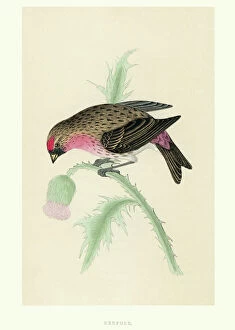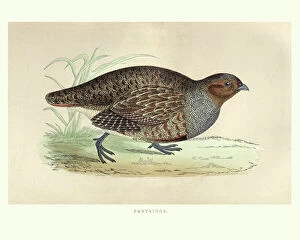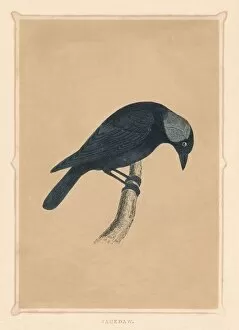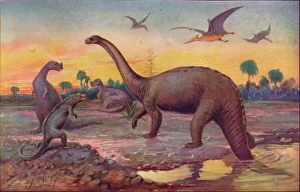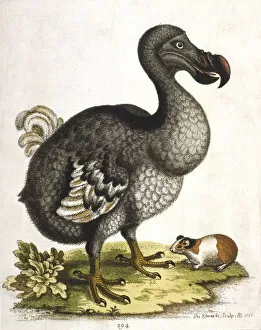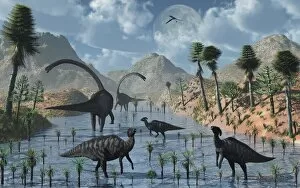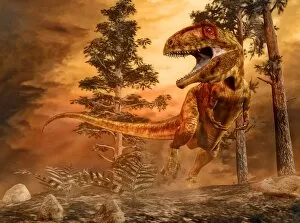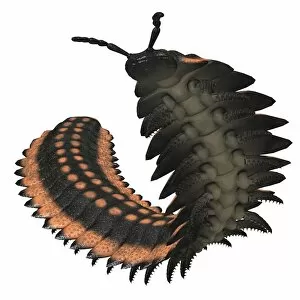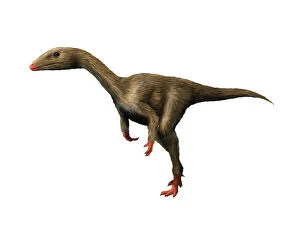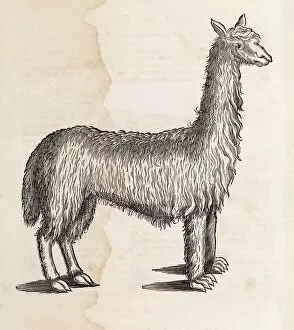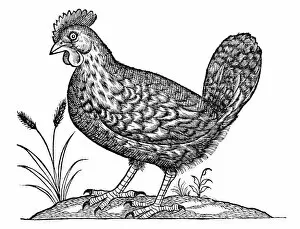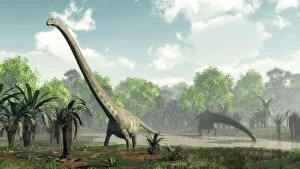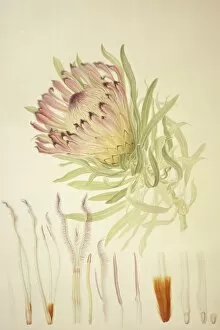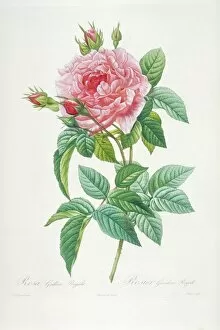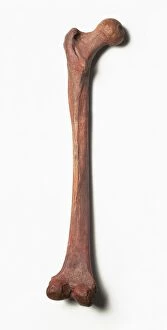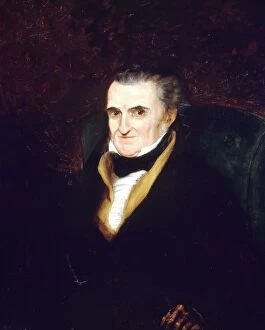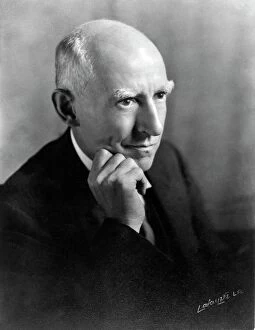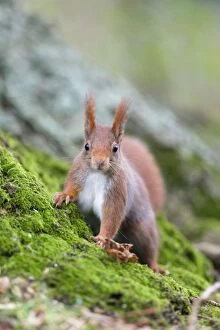Natural History Collection (page 2)
"Exploring the Wonders of Natural History: From Roman Seafood Mosaics to Coffee Plants" Step into the fascinating world of natural history
For sale as Licensed Images
Choose your image, Select your licence and Download the media
"Exploring the Wonders of Natural History: From Roman Seafood Mosaics to Coffee Plants" Step into the fascinating world of natural history, where ancient artifacts and living creatures tell stories that span millennia. Marvel at a stunning Roman seafood mosaic, depicting a vibrant underwater scene teeming with life. Venture into the heart of the Kalahari Desert in Botswana's Central Kalahari Game Reserve, where you'll encounter the majestic male African Wild Dog. Witness their incredible hunting skills and observe their intricate social dynamics. Delve into the legacy of Charles Darwin, a pioneering British naturalist whose groundbreaking theories revolutionized our understanding of evolution. Follow in his footsteps as he embarked on his famous voyage aboard HMS Beagle and forever changed our perception of life on Earth. Join David Attenborough, another esteemed British naturalist, as he takes us on awe-inspiring journeys through some of nature's most extraordinary habitats. Discover rare species like the Red-billed choughs with their striking red beaks and explore how they adapt to survive in challenging environments. Unearth ancient wonders such as the Archaeopteryx fossil from Berlin specimen C016/5071 – an iconic link between dinosaurs and birds that provides invaluable insights into evolutionary history. Travel back in time to Mauritius and catch a glimpse of the enigmatic Mauritian Dodo. This compact bird with its curved brown bill and brown feet once roamed freely but tragically became extinct due to human activities. Its story serves as a reminder of our responsibility towards preserving biodiversity. Witness celestial marvels like meteor showers over Mississippi River in 1833 – an ethereal spectacle that left observers awestruck by nature's grandeur. Immerse yourself in breathtaking landscapes like Kentucky's Red River Gorge at sunrise, blanketed by mystical fog within Daniel Boone National Forest. Let your senses awaken to nature's beauty as you soak up this serene vista. Lastly, explore the origins of one of the world's most beloved beverages – coffee.

